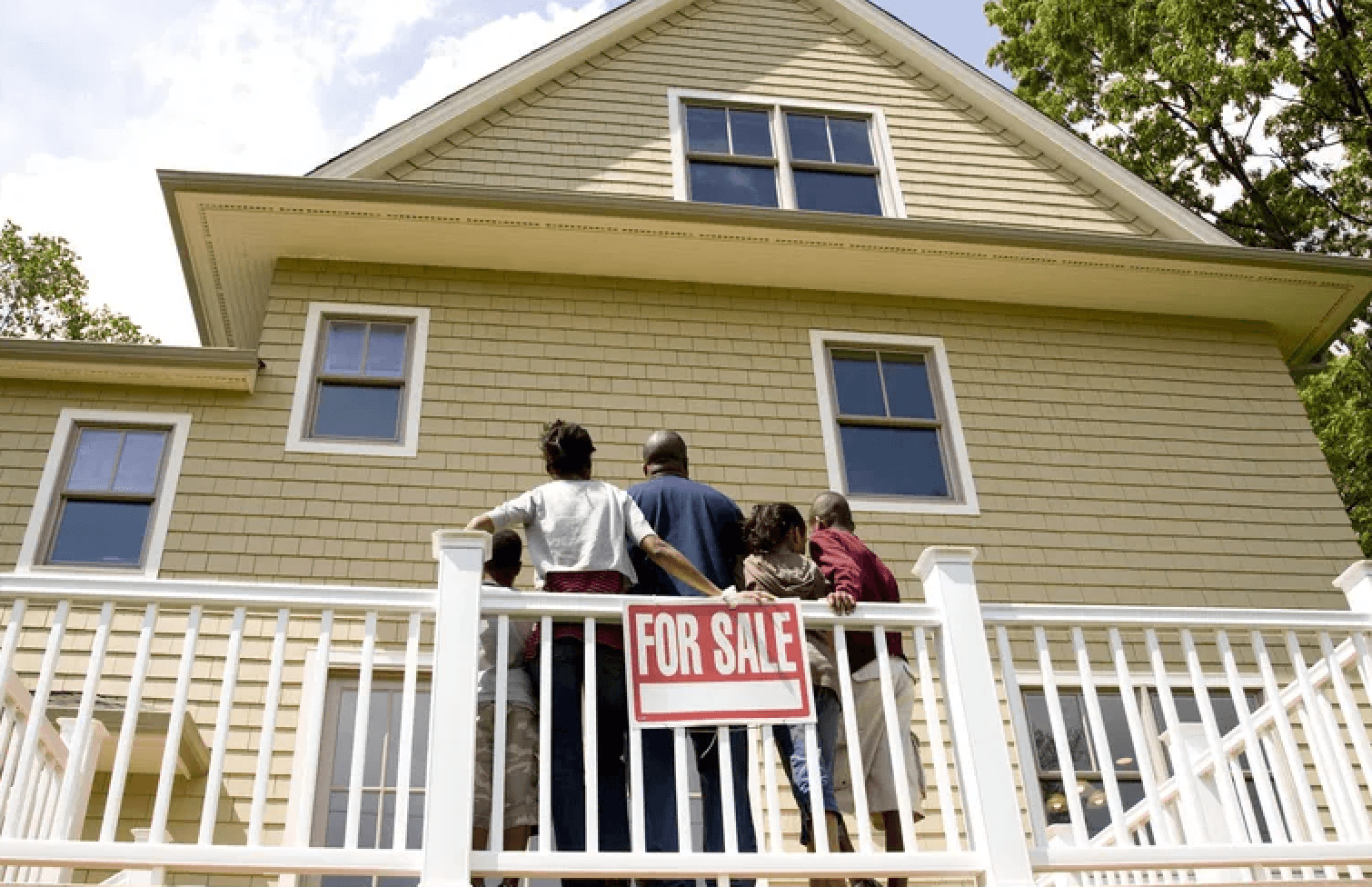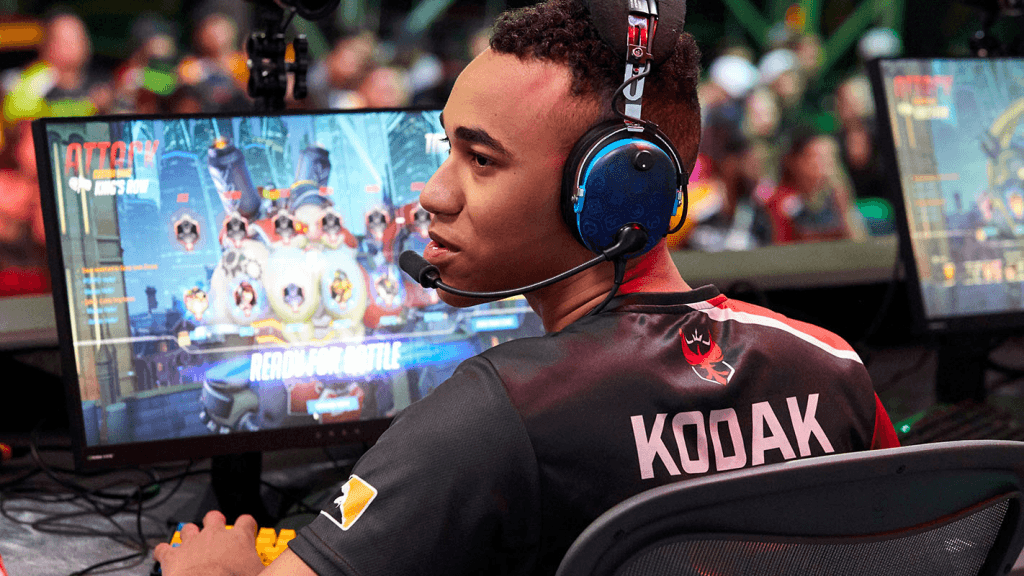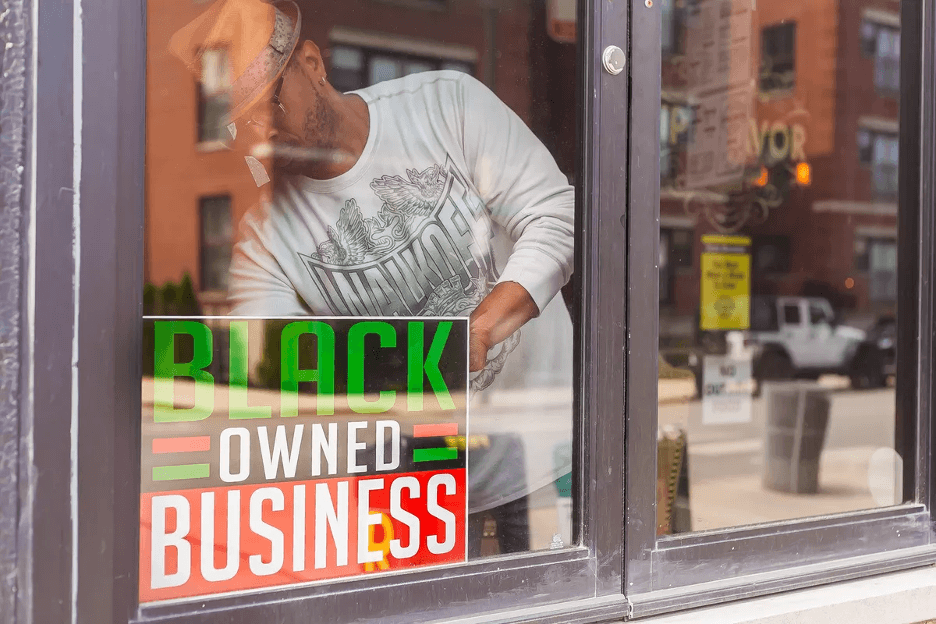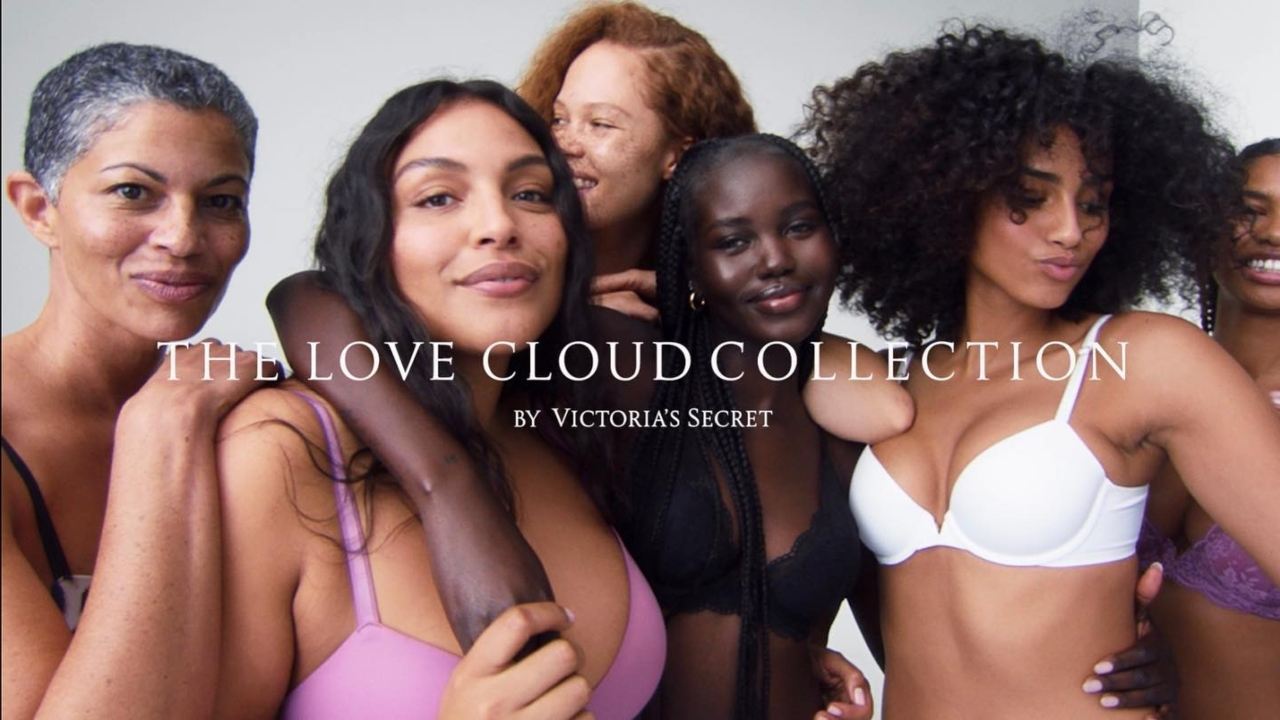By Claire Moraa
- Out of 7 million 30-year mortgages, Blacks and Hispanics faced higher interest rates compared to their White counterparts
- Black homebuyers are disadvantaged carrying debts from their student loans at 41% followed closely by Hispanics at 29%
Among the list of things in the American dream, homeownership stands as a significant milestone. However, the path to this dream is uneven, with Black and Hispanic homeowners often facing higher hurdles. Historically, systemic barriers and discriminatory practices have contributed to the unequal playing field in homeownership for Blacks and Hispanics.
Why This Matters: Black and Hispanic households often face lower median incomes compared to White households. This significant income gap makes it more challenging for individuals from these communities to afford homeownership, as they may have limited savings for down payments and face higher mortgage interest rates. For instance, in 2022, at least a quarter of loans for Black homebuyers and Hispanic homebuyers exceeded 6% which is significantly higher when compared to Asian and White borrowers.
These practices limit access to favorable mortgage loans for Black and Hispanic individuals, resulting in higher interest rates for those who were able to secure loans. Housing market dynamics also contribute to the disparities. Despite some progress, the gap between Black and White homeownership remains significant. Research indicates that it has only increased by 0.4% in the last decade.
And even for those lucky enough to be homebuyers, Blacks are still at a disadvantage as they reported the highest levels of student-loan debt among all groups. They led with 41% carrying a record high median debt of $46,000. Meanwhile, 29% of Hispanic buyers had student loan debt with a median of $33,000.
The financial ramifications of these disparities are substantial. Higher interest rates translate into higher monthly payments and potentially tens of thousands of dollars in additional interest over the life of the loan. This financial burden can limit homeowners’ ability to build wealth through their property over time.
What’s Next: Addressing these disparities requires a multifaceted approach involving policy changes, financial education programs, and addressing underlying systemic issues. At least 56% of Blacks are renting and if this number is to come down, efforts are needed to combat discriminatory lending practices. Access to affordable housing and mortgage options, financial literacy, and reduction in wealth and income disparities is paramount.
CBX Vibe: “Problems” Matt Ngesa









